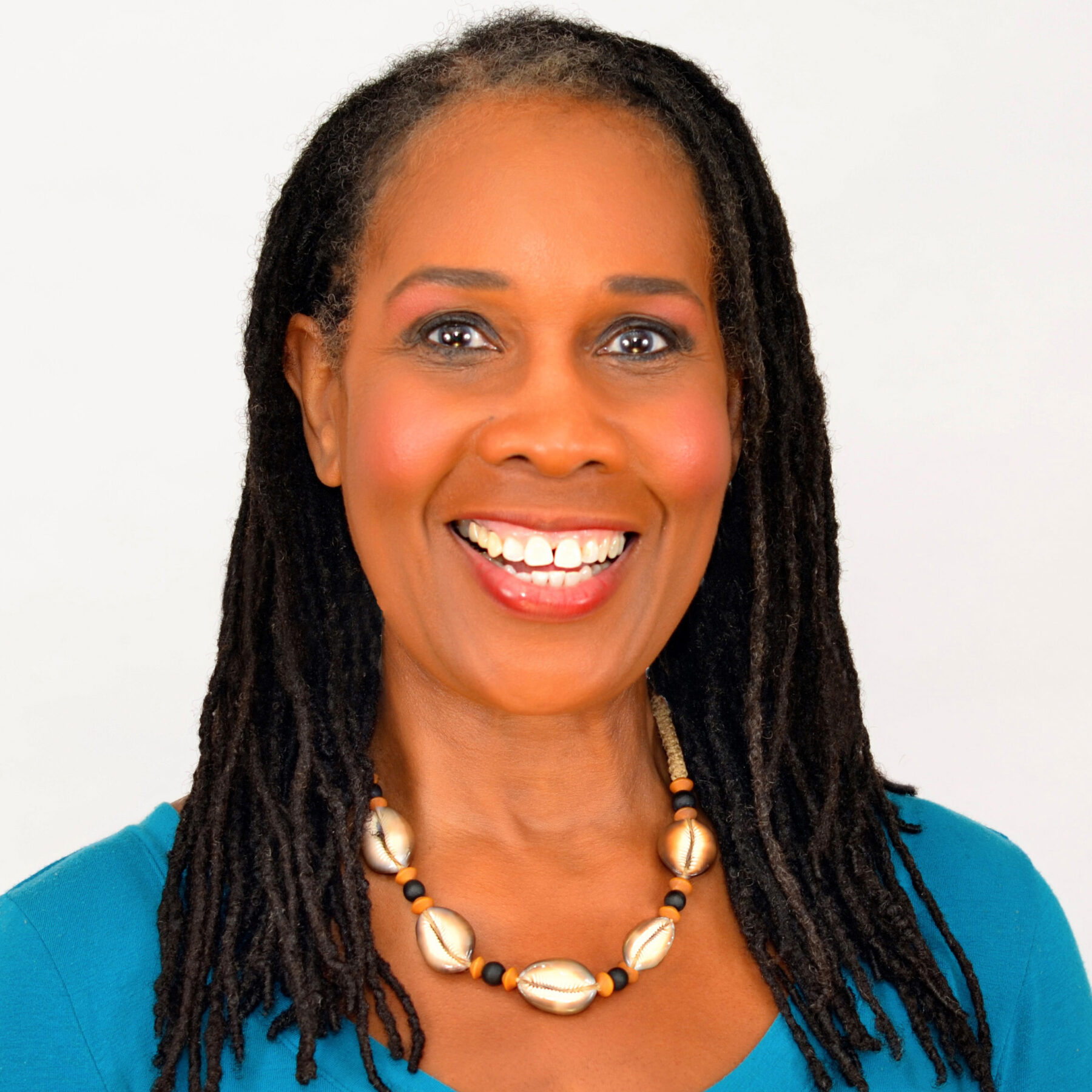Edward Bartholomew LEED AP
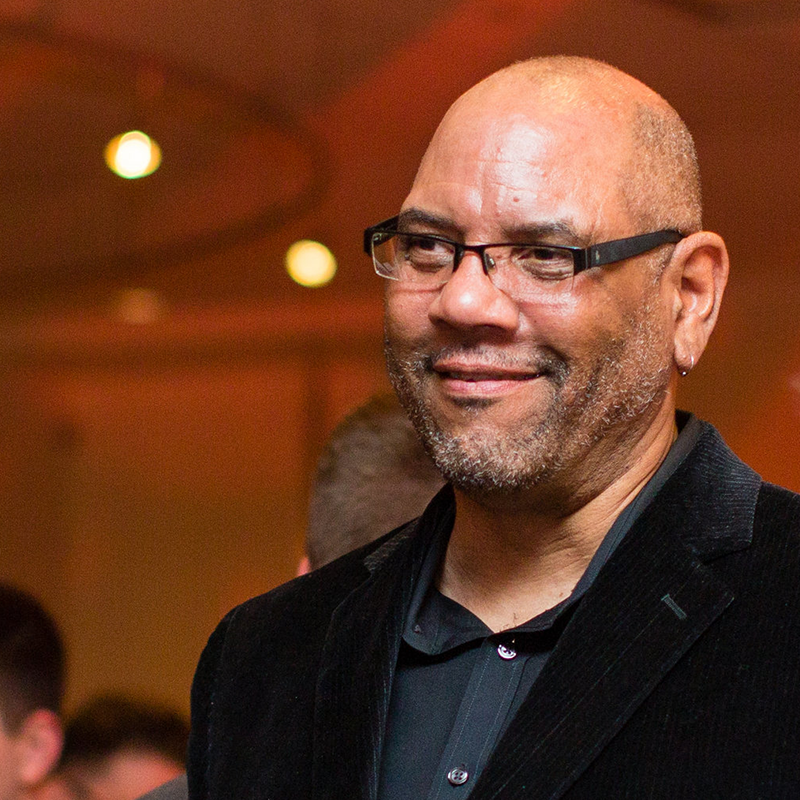
Principal, Bartholomew Lighting
Degrees:
MFA, Parsons School of Design
Professional interests:
Architectural lighting design, equitable design practices
When did you first become interested in architecture as a possible career?
I chose architectural lighting as a career after realizing that theater lighting and art were not sustainable career choices. I also fell in love with architecture and design.
How do (or how did) you explain to your parents what you do for a living?
I just told them that after careful consideration, I had decided to pursue architectural lighting design and go to graduate school in NY to get a MFA.
If you could give the you of 10 years ago advice, what would it be?
It would be to plan on leaving my position earlier and start practicing lighting design again. At the time I took a job at a utility to support my family. But 30 years ago I would have said to myself, “Stop doubting yourself, you are on the right path.”
Who or what deserves credit for your success?
My parents encouraged me, but they couldn’t see the future that I envisioned. I was pretty much on my own, and I had help from various mentors along the way.
Who do you think is the most underappreciated architect and why?
I can tell you who I appreciate: Louis Kahn, both for his architecture and for his descriptive writings on how light should interplay with form.
What is your favorite Boston-area building or structure?
My personal favorite building is the Harvard University Richard and Susan Smith Center in Harvard Square. It is an enclosed oasis for study, gathering and chilling. I also love the outdoor plaza and the food and coffee options that are contained in its multilayered gathering space.
Has your career taken you anywhere you didn’t expect?
Travel-wise, I would say being invited to speak in Goa, India has been a highlight. I hope to someday visit Japan to design, study and explore.
Which one of your current projects excites you the most?
Without a doubt it’s the Harriet Tubman Memorial that I am working on with Studio Cooke John. It is being installed in Newark, NJ in September. A close second is a neighborhood lighting plan that we are designing with the La Pointe neighborhood in Salem, MA.
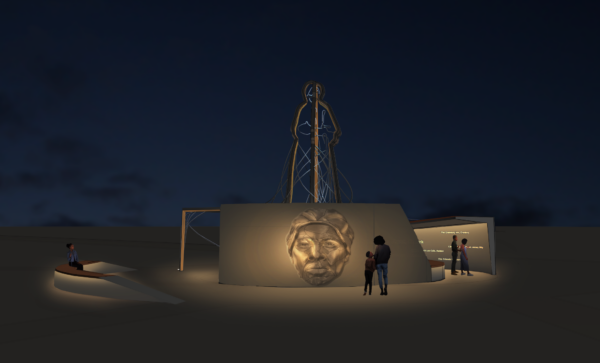
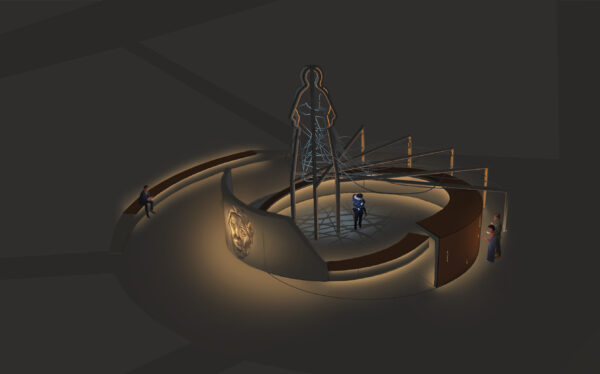
Harriet Tubman Memorial Lighting Concept, Newark, NJ. Rendering by Lisa Hollenbeck. Images courtesy Studio Cooke John.
What has been your most proud moment as an architect/designer?
First, winning a student lighting design competition in grad school.
Second, speaking at conferences to my colleagues and advocating for
lighting equity. Lastly, seeing some of my lighting students win awards
and achieve careers in lighting design.
What do you hope to contribute from your work?
To create designs that last and are remembered beyond my career. To encourage and inspire more BIPOC lighting professionals to pursue this career. To transform under-resourced vulnerable communities through light. To make a lasting difference for design equity in the lighting industry.
If you could collaborate with anyone in the profession, who would it be and why?
Sir David Adjaye would be a dream to work with, due to his deep understanding and appreciation of the experience of light and dark.
Have you won any award(s) from the BSA or another establishment?
What elements from that project would you like to see shape the future
of the profession?
In 2013 I won an Illumination Engineering Society (IES) award of merit for a adaptive reuse of a training facility which showed that light can transform a space and its function. But I am looking forward to winning more awards in the near future.
What does equity mean to you?
To me equity means to allow everyone to have a place at the table. To break down the barriers of being an expert in order to embrace the “citizen “ designer in us all.
What do you see as the largest barrier to equity in your profession?
The lighting industry is mostly white, but there are more BIPOC folx finding their way into this industry. They just need to be welcomed and encouraged to stay and contribute.
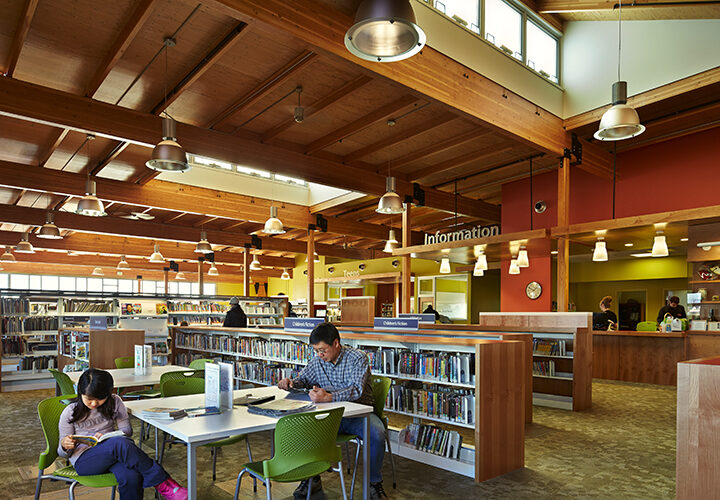
What are some changes that you have implemented in your firm (or for yourself) to address issues of equity in your profession?
My lighting design firm is the most diverse firm in the county. I have welcomed professionals from different backgrounds than myself and they have thrived. I am a small firm, but I hope to grow to continue to support my team and our growth.
If you identify as a minority, what are some ways your colleagues could help you feel more empowered at work and as an architect/designer?
As a Black man in lighting, I would appreciate it if my white colleagues would recognize that they should not be “blind” to color. They need to embrace our differences and celebrate our unique perspectives.
Tell us about your path to architecture and how it has impacted your career.
My path to architectural lighting design was via my passion for light
as art. Design allowed me to merge the science of light with the art of
light and perception. And I am always learning more.
What is the most effective step you’ve taken in your work toward a more sustainable built environment?
I have been a champion of sustainable lighting design throughout my career. One of the unique perspectives that I have advanced is in the use of functional darkness in interior spaces. Well-designed darkness is one of the most sustainable attributes of a balanced visual environment.
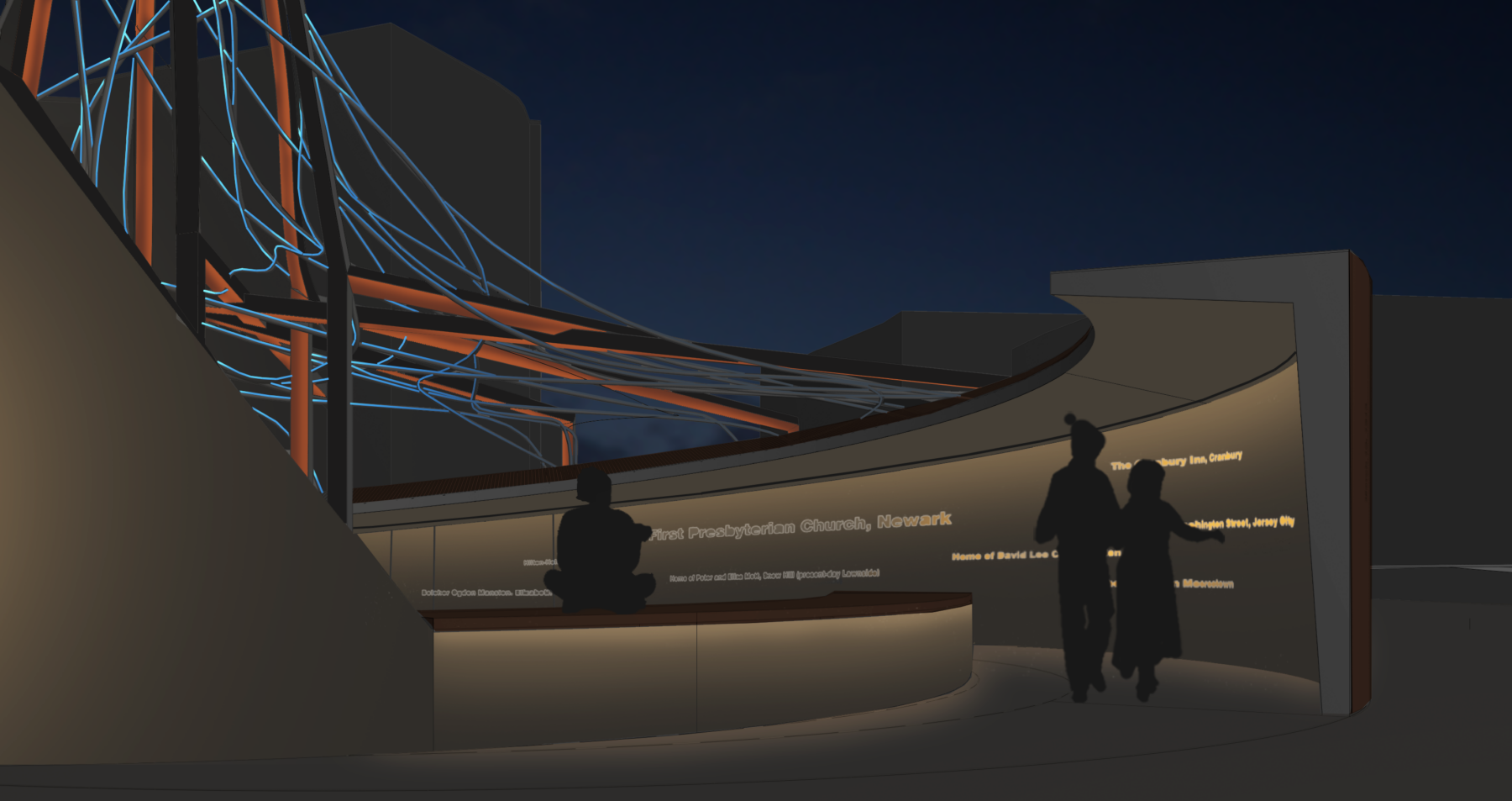
What policy from another city sets an example you think Boston could successfully follow?
I love the work that the North Shore Community Development Coalition
in Salem has done to retain the rich culture of the La Pointe area of
the city, while bringing in art and making it affordable for its
residents. Their model of urban development should be replicated
throughout the country.
What is the greatest potential for architecture to shape a neighborhood community?
See above.
How has design improved your daily life?
Here I would say that the cobblers’ children have no shoes. It has been hard for me to bring my design aesthetic home for my family to appreciate.
Who do you most enjoy partnering with on a project?
My team is amazing. Alana Shepherd, Insiya Divan, and I talk
passionately about our design approach and social advocacy as much as we
do about our immediate projects.
Where do you find inspiration?
Always in art and nature. Art museums and hikes in the forest or the beach are my source of spiritual renewal.
What are you reading right now?
Cosmic Queries by Neil DeGrasse Tyson.
